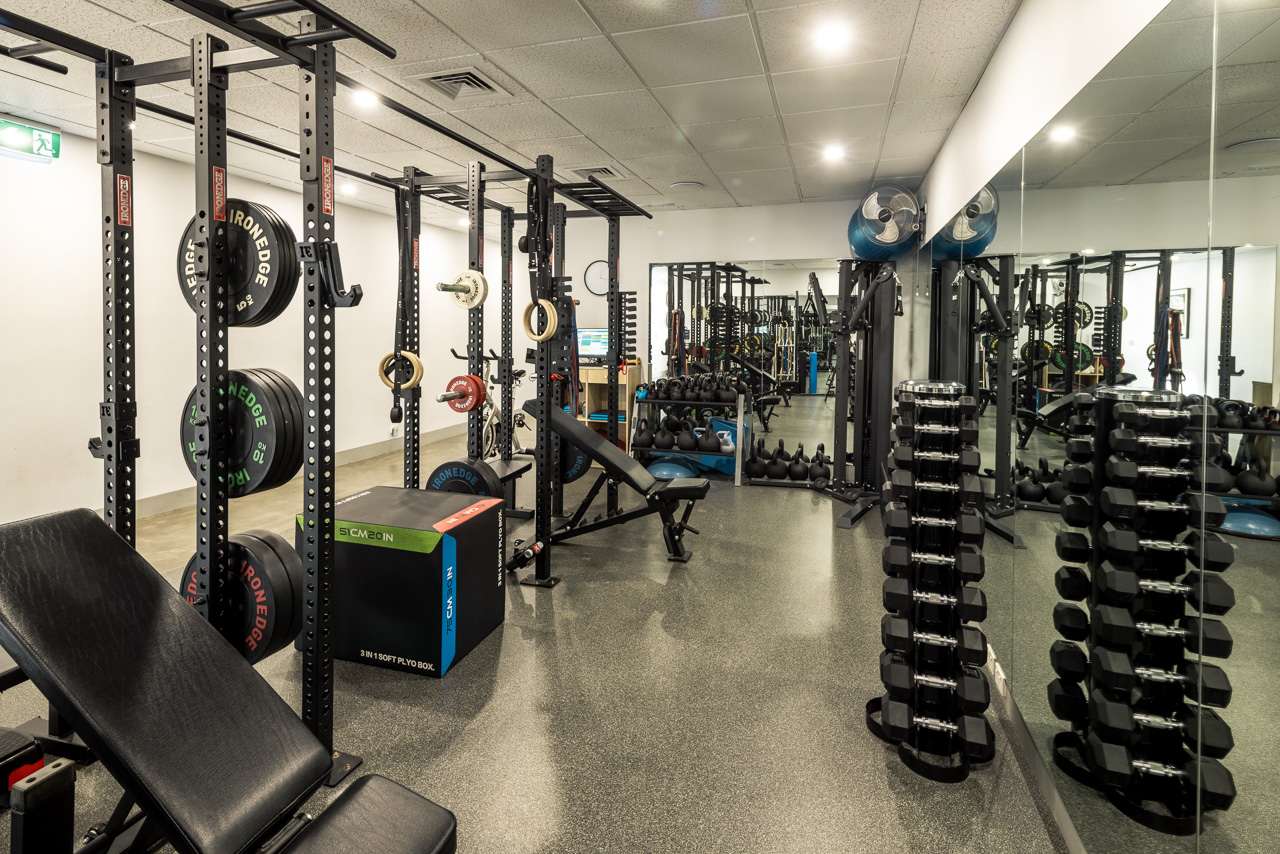The evidence consistently tells us that physical exercise helps individuals sleep better, feel better, and function better. It is also well established that physical exercise plays an important role in in disease prevention and health promotion . So what’s the best approach to structuring your exercise regime?
At Range we believe a balanced approach to exercise is best and is helpful in maintaining lifelong, optimal physical health. A good physical health routine is like a balanced diet; it should include a range of different components. Each week we recommend getting a dose of each of these four types of exercise.
- Strength Training: Well balanced so as not to create or add to any imbalances. Good examples are functional strength training and resistance training involving lifting, pushing and pulling. Two or more days a week
- Aerobic Activity: Targeting your cardiovascular system using both steady state and interval training. Examples are walking, running, swimming or circuits. The recommended range is 150-300 minutes a week – we can assist you to develop a balanced program to achieve this.
- Flexibility, Mobility & Posture: Examples are stretches, mobility exercises, foam rolling, Pilates and yoga. Frequency depends on the individual body type, injuries and your personal goals. The Range team can develop a program best suited for you.
- Sport & Play: Sometimes the forgotten aspect of physical activity. Playing sports is a fantastic way to keep in shape and to put all that strength and flexibility you’ve been working on in action! Agility, skill and multi-plane movement are all part of the mix. Dancing, Playing with the kids, tennis, football, hockey, basketball, cricket – the list goes on!
Finding balance in your weekly exercise routine can bring numerous benefits. Here are some of the top reasons why it’s important to strike a balance in your exercise routine:
- Avoiding burnout: Engaging in intense exercise on a daily basis can be physically and mentally exhausting. By finding a balance in your exercise routine, you can prevent burnout and maintain a more sustainable, long-term approach to your fitness goals.
- Improving recovery: Exercise places stress on the body, and it’s important to allow your muscles and joints time to recover and rebuild after a workout. Incorporating rest days or low-intensity activities into your routine can help your body recover more effectively.
- Keep moving well and moving often: A balanced exercise routine should include a variety of activities that target different muscle groups and promote flexibility and mobility in different ranges of motion. This can help you maintain a full range of motion in your joints, reduce muscle imbalances, and keep you moving well.
- Promoting sustainable habits: It’s important to find an exercise routine that is sustainable and fits into your lifestyle. By finding a balance, you can develop healthy habits that you can stick to in the long term.
Overall, finding a balanced approach to exercise can bring numerous benefits for physical and mental health. By incorporating a variety of activities into your routine, listening to your body’s needs, and setting realistic goals, you can develop sustainable, healthy habits that will help you feel your best.
Click here to download an easy guide to a Balanced Approach To Exercise
For further information see the current guidelines from the Australian Government Department of Health and Aged Care here: https://www.health.gov.au/topics/physical-activity-and-exercise/physical-activity-and-exercise-guidelines-for-all-australians
Reference: 2018 Physical Activity Guidelines Advisory Committee. 2018 Physical Activity Guidelines Advisory Committee Scientific Report. Washington, DC: U.S. Department of Health and Human Services, 2018.



